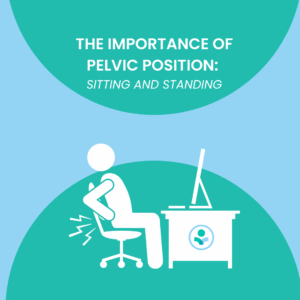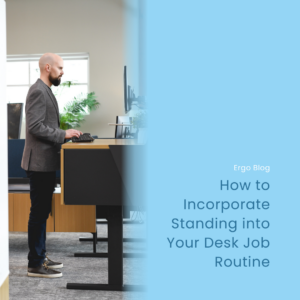Updated: Nov 30, 2023
How to Prevent Shoulder Pain for Office Workers
Say Goodbye to Shoulder Pain: Essential Tips for Office Workers
Shoulder pain is a common complaint among office workers who spend long hours hunched over desks and computers. The discomfort and potential long-term issues associated with shoulder pain can significantly impact your work and quality of life. Fortunately, with some proactive measures and simple adjustments, you can prevent shoulder pain and maintain your well-being. In this blog, we’ll explore practical tips to help office workers keep shoulder pain at bay.
1. Maintain Proper Posture
One of the primary contributors to shoulder pain is poor posture. To prevent discomfort, practice good posture habits:
- Keep your shoulders relaxed and down, not hunched up.
- Sit with your back straight and your lower back supported by the chair.
- Ensure your computer screen is at eye level to avoid leaning forward or looking down.
- Keep your pelvis in a neutral position and try not to slouch while sitting on your tailbone.
2. Set Up an Ergonomic Workspace
Invest in an ergonomic workspace to support your body’s natural alignment. Key elements include:
- Ergonomic Chair: Choose a chair with proper lumbar support and adjustability to maintain a comfortable posture.
- Desk Height: Ensure your desk is at the right height to avoid hunching or reaching too high.
- Keyboard and Mouse: Keep these accessories at a height that allows your arms to stay close to your body with a 90-degree angle at the elbow.
- Monitor Placement: Position your monitor at eye level and at arm’s length away to reduce neck and shoulder strain.
- Check out this blog for more details.
3. Take Regular Breaks
Sitting for prolonged periods can lead to shoulder and neck stiffness. Incorporate regular breaks into your workday:
- Stand up and stretch every 30 minutes. Alan Hedge created the 20-8-2 Rule. Ideally, it is best to sit for 20 minutes, stand for 8 minutes then stretch and move about for 2 minutes.
- Perform shoulder rolls, neck stretches, and chest openers to relieve tension.
- Consider investing in a height-adjustable desk to alternate between sitting and standing throughout the day.
4. Strengthen Shoulder Muscles
Regular exercise can help strengthen your shoulder muscles, making them more resilient to the strains of office work:
- Incorporate exercises like shoulder strengthening exercises and postural exercises into your workout routine.
- Yoga and Pilates can also improve posture and shoulder strength.
5. Properly Use Office Equipment
Avoid improper use of office equipment to reduce the risk of shoulder pain:
- Use a headset for long phone calls to prevent cradling the phone between your shoulder and ear.
- Place your mouse and keyboard 1” below your elbow height to maintain a relaxed shoulder position while also keep your elbow and wrist in the best position.
6. Manage Stress
Stress and tension can manifest physically in the form of shoulder pain. To combat stress-related pain:
- Practice relaxation techniques such as deep breathing, meditation, or mindfulness.
- Take breaks to clear your mind and reduce stress levels.
7. Seek Professional Help
If you experience persistent shoulder pain despite following these preventive measures, consult a healthcare professional or physical therapist. They can provide tailored exercises and treatments to alleviate your pain and prevent further issues.
Shoulder pain doesn’t have to be an inevitable consequence of office work. By maintaining proper posture, setting up an ergonomic workspace, taking regular breaks, strengthening your shoulder muscles, using office equipment correctly, managing stress, and seeking professional help when needed, you can significantly reduce the risk of shoulder pain. Remember that your health and well-being are paramount, so take these steps to ensure a pain-free and productive work life.
Check out our YouTube video below for a visual representation of the blog!



